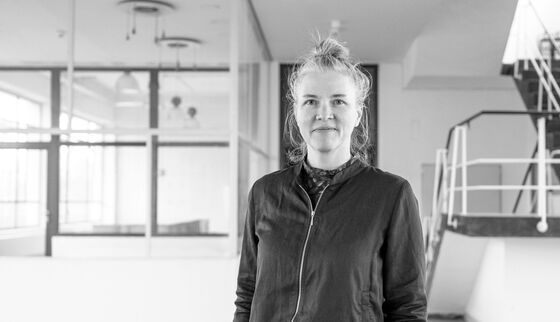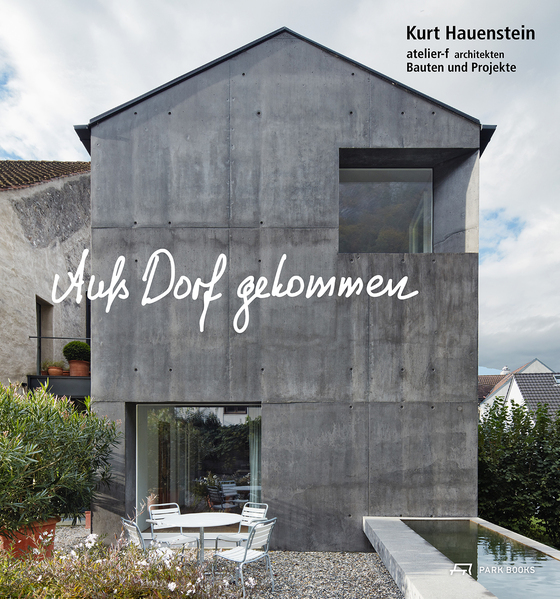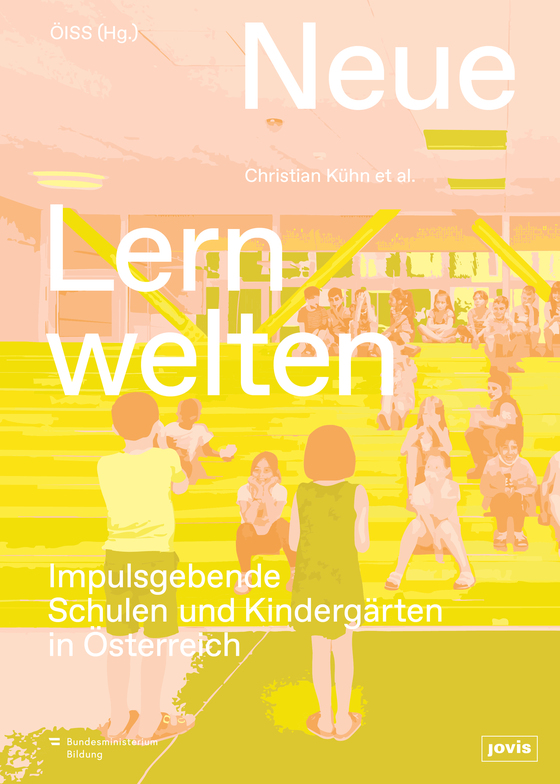Von 2012 bis 2023 stand die Internationale Bauausstellung (IBA) Thüringen unter dem Motto „StadtLand“. Im Gegensatz zu früheren IBAs, die oft in Großstädten stattfanden, konzentrierte sich die IBA Thüringen auf den ländlichen Raum und die Kleinstädte. Die Projekte, Netzwerke und Kooperationen, die während dieser Zeit entstanden, zeigen, wie durch Umbau und gemeinschaftliches Handeln wieder Orte der Gemeinschaft und Begegnungen entstehen können. Katja Fischer war Projekt- und Programmleiterin der IBA Thüringen und ist heute Vorständin der Stiftung Baukultur Thüringen. Sie erzählt im Gespräch, wie sich ihr Blick auf die ländlichen Regionen im Zuge der IBA verändert hat und welche Zukunftsfähigkeit in diesen Räumen steckt. Das Gespräch ist in voller Länge im Podcast Morgenbau anzuhören.


